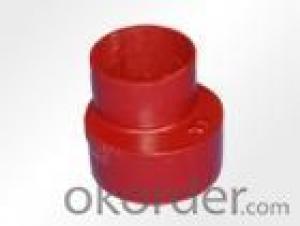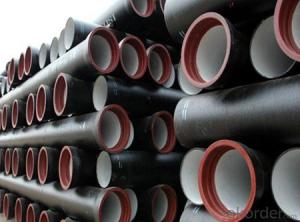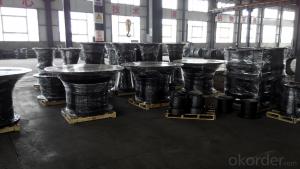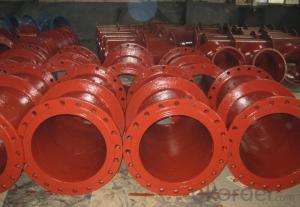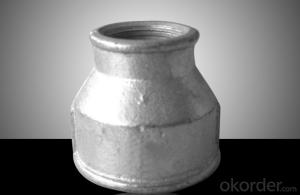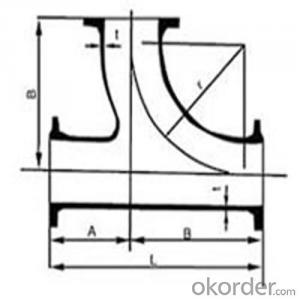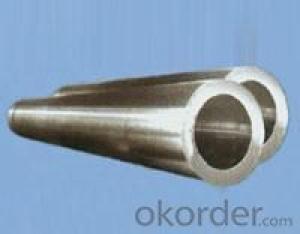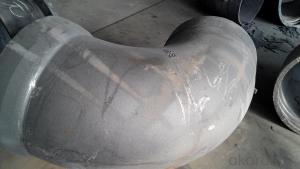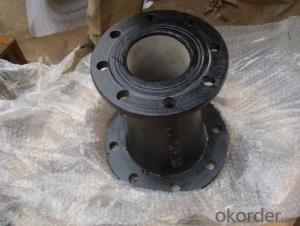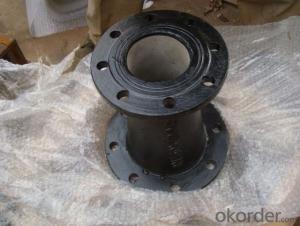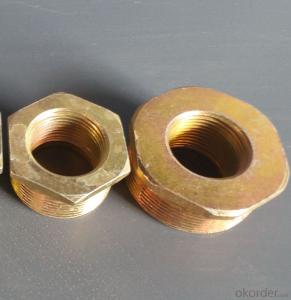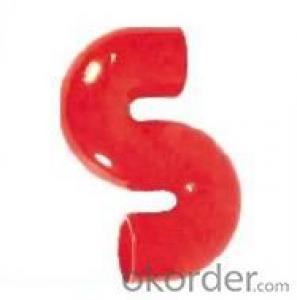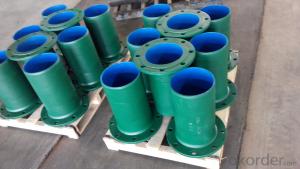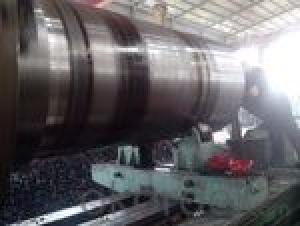All Categories
- - Steel Wire Rod
- - Steel Coils
- - Steel Profiles
- - Steel Pipes
- - Stainless Steel
- - Tinplate
- - Special Steel
- - Steel Sheets
- - Steel Rebars
- - Steel Strips
- - Hot Rolled Steel
- - Cold Rolled Steel
- - Pre-painted Steel
- - Seamless Steel Pipe
- - Welded Steel Pipe
- - Hollow Steel Tubes
- - Galvanized Pipe
- - Stainless Steel Coil
- - Stainless Steel Sheet
- - Stainless Steel Plate
- - Stainless Steel Strips
- - Electrolytic Tinplate Coil
- - Electrolytic Tinplate Sheet
- - Stainless Steel Rebars
- - Solar Panels
- - Solar Water Heater
- - Solar Related Products
- - Solar Inverter
- - Solar Cells
- - Solar Light
- - Solar Energy Systems
- - Solar Controllers
- - Solar Mounting System
- - Solar Pump
- - Solar Chargers
- - Fiberglass Chopped Strand
- - Fiberglass Mesh Cloth
- - Composite Pipes
- - FRP Pultrusion Profiles
- - Fiberglass Mat Tissue
- - Fiberglass Fabrics
- - Fiberglass Mesh
- - Composite Tank
- - Fiberglass Mesh tape
- - Polymer
- - FRP Roofing Panel
- - Fiberglass Roving
- - Monolithic Refractories
- - Ceramic Fiber Products
- - Refractory Bricks
- - Raw Materials For Refractory
- - Suspended Platform
- - Cranes
- - Concrete Machinery
- - Earthmoving Machinery
- - Building Hoist
- - Road Building Machinery
- - Plastic Pipe Fittings
- - Plastic Tubes
- - Plastic Sheets
- - Agricultural Plastic Products
- - Plastic Nets
 All Categories
All Categories
Q & A
How do you install a ductile iron pipe fitting with a restrained joint?
To install a ductile iron pipe fitting with a restrained joint, follow these steps:
1. Prepare the pipe ends: Make sure the pipe ends are clean and free from any dirt, debris, or corrosion. Use a wire brush to remove any scale or rust from the pipe ends.
2. Apply lubricant: Apply a thin layer of lubricant or joint lubricant on the gasket surface of the pipe fitting and the pipe. This will ensure smooth insertion and proper sealing.
3. Align the pipes: Align the pipe fitting with the pipe ends, making sure they are properly aligned and centered. The gasket should be facing towards the pipe.
4. Insert the pipe: Gently push the pipe into the fitting until it reaches the stop. Make sure the pipe is fully inserted and seated properly.
5. Tighten the restraining mechanism: Depending on the type of restrained joint, use the appropriate method to tighten the restraining mechanism. This may involve using bolts, clamps, or other mechanical means to secure the joint.
6. Inspect the joint: After tightening, visually inspect the joint to ensure it is properly aligned, fully inserted, and secured. Check for any leaks or gaps.
7. Test the joint: Conduct a pressure test to ensure the joint is watertight and can withstand the required pressure. Follow industry standards and guidelines for testing.
Remember, it is crucial to follow manufacturer instructions and consult with professionals when installing ductile iron pipe fittings with restrained joints to ensure proper installation and avoid any potential issues.
Are there any requirements for cathodic protection of ductile iron pipe fittings?
Yes, there are certain requirements for cathodic protection of ductile iron pipe fittings. These requirements include proper installation of sacrificial anodes or impressed current systems, regular monitoring and testing of the cathodic protection system, and adherence to industry standards and guidelines to ensure effective corrosion prevention and protection of the pipe fittings.
Are ductile iron pipe fittings resistant to abrasion?
Yes, ductile iron pipe fittings are highly resistant to abrasion.
Can ductile iron pipe fittings be used for aboveground fire protection systems?
Yes, ductile iron pipe fittings can be used for aboveground fire protection systems. Ductile iron is known for its strength and durability, making it a suitable choice for fire protection applications. It can withstand high temperatures and is resistant to corrosion, making it a reliable option for aboveground fire protection systems.
Wholesale Ductile Iron Pipe Fittings from supplier in Latvia
Our team of experts is well-equipped to assist you with any inquiries or requests you may have regarding Ductile Iron Pipe Fittings. Whether you need assistance with product selection, technical specifications, or pricing, we are here to help. Our sales team is knowledgeable and experienced in the field, and we can provide you with competitive quotations tailored to your specific needs.
Additionally, we understand the importance of timely and efficient delivery, and we strive to ensure that your orders are processed and shipped promptly. Our strong relationships with reliable logistics partners enable us to offer reliable and cost-effective transportation solutions.
Furthermore, we can provide technical support and guidance throughout the entire project lifecycle. From initial planning and design to installation and maintenance, our team can offer valuable insights and recommendations to ensure the success of your project. Our goal is to be your trusted partner and provide you with the highest level of service and expertise.
In summary, as a subsidiary of CNBM, we have the resources, expertise, and commitment to deliver exceptional support for your Ductile Iron Pipe Fittings projects in Latvia. Contact us today to learn more about how we can assist you.
Additionally, we understand the importance of timely and efficient delivery, and we strive to ensure that your orders are processed and shipped promptly. Our strong relationships with reliable logistics partners enable us to offer reliable and cost-effective transportation solutions.
Furthermore, we can provide technical support and guidance throughout the entire project lifecycle. From initial planning and design to installation and maintenance, our team can offer valuable insights and recommendations to ensure the success of your project. Our goal is to be your trusted partner and provide you with the highest level of service and expertise.
In summary, as a subsidiary of CNBM, we have the resources, expertise, and commitment to deliver exceptional support for your Ductile Iron Pipe Fittings projects in Latvia. Contact us today to learn more about how we can assist you.
Hot Search
- Ductile Iron Pipes in Portugal
- Ductile Iron Pipe Fittings in Somalia
- Ductile Iron Pipes in Lesotho
- Ductile Iron Pipes in Malawi
- Ductile Iron Pipe Fittings in Nicaragua
- Ductile Iron Pipe Fittings in Malaysia
- Ductile Iron Pipe Fittings in Seychelles
- Ductile Iron Pipes in Ethiopia
- Ductile Iron Pipe Fittings in Croatia
- Ductile Iron Pipe Fittings in Indonesia
